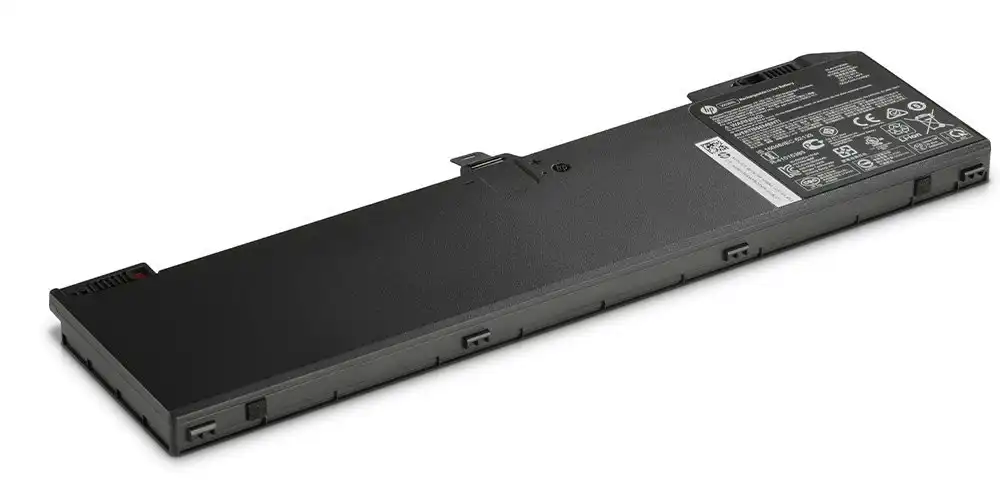In the rapidly evolving realm of digital networking, fibre patch leads have emerged as a vital link in data transmission chains. However, like any technological solution, they come with a set of strengths and weaknesses. In this article, we’ll embark on a deep dive into the pros and cons of fibre patch leads, enabling a balanced understanding of their role in modern networking infrastructures. Visit the Bonlinks to learn more!
Unpacking the Benefits of Fibre Patch Leads
There’s a good reason why fibre patch leads have found such broad acceptance in the digital world. They offer several compelling benefits:
Superior Bandwidth: These components bring to the table an exceptional bandwidth, far outstripping that of copper cables. This feature makes them perfectly suited to high-data applications, where swift and voluminous data transfer is a necessity.
Distance Is No Barrier: Fibre patch leads have a knack for transmitting data over long distances with minimal signal loss, ensuring that the message always gets across clearly, regardless of the physical space that separates sender and receiver.
Immunity to Interference: Fibre patch leads operate on light signals rather than electrical signals. This trait makes them impervious to electromagnetic interference, a common bugbear of data transmission in electrically noisy environments.
Understanding the Limitations
As with any technology, fibre patch leads aren’t without their downsides. Here are a few considerations:
Cost Considerations: While fibre patch leads are a stellar performer in data transmission, they come with a heftier price tag than copper cables. Both the initial cost of the cables and the associated infrastructure can be significant.
Delicate Nature: Fibre patch leads are more delicate than their copper counterparts, needing a more cautious approach to installation and handling to prevent damage.
Specialized Equipment Required: The deployment of fibre patch leads necessitates the use of specialized equipment for installation and testing. This additional requirement can add layers of complexity and cost to a network setup.
Fibre Patch Leads vs. Other Connectivity Options
When placed side by side with other connectivity solutions, the fibre patch lead’s strengths and weaknesses come into sharper focus:
Against Copper Cables: Copper cables are less of a strain on the pocket and simpler to install. However, they don’t match up to fibre patch leads in bandwidth, are limited in their transmission range, and are vulnerable to electromagnetic interference.
Against Wireless Networks: Wireless networks score on mobility, but they’re susceptible to interference, security threats, and unpredictable fluctuations in speed and reliability. They’re also outpaced by fibre patch leads in the speed stakes.
Real-world Reflections
The pros and cons of fibre patch leads are evident in real-world network implementations. Data centres requiring high-speed, high-volume data transfer capabilities are increasingly turning to fibre patch leads. Despite the higher costs, the superior speed and reliability justify the investment.
Conversely, smaller businesses with budget constraints and modest data demands may opt for copper cables or wireless networks, preferring lower upfront costs even though fibre patch leads could offer long-term benefits.
In Conclusion
In summing up, fibre patch leads offer substantial advantages in bandwidth, long-range transmission, and immunity to electrical interference. Yet, they come with challenges, including higher costs, fragility, and the necessity for specialized equipment.
The decision to implement fibre patch leads should be based on careful scrutiny of your specific network requirements, financial resources, and plans for future growth. In an age where dependable, high-speed connectivity is paramount, the strengths of fibre patch leads often surpass their drawbacks, cementing their place as a vital link in contemporary network infrastructures.








